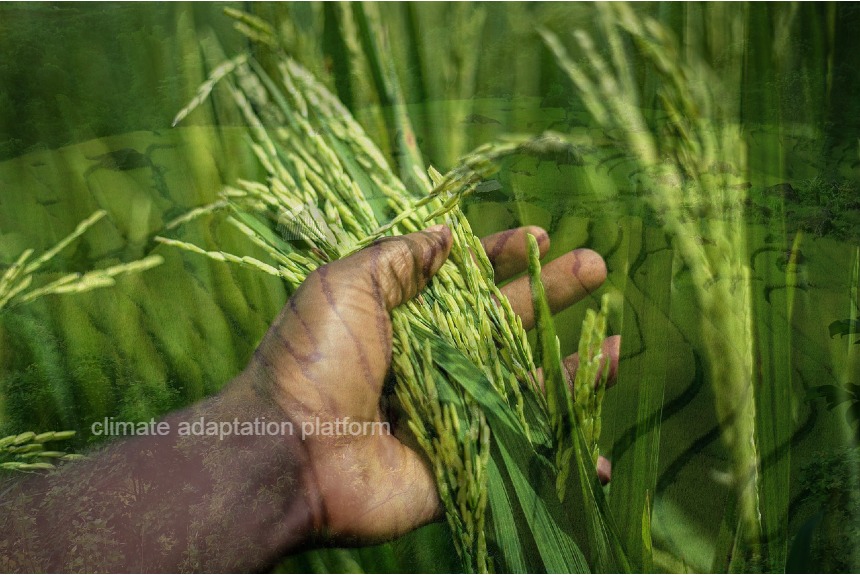The study examined the impacts of climate change on food production, particularly on rice production and growth under projected temperature rise and increased CO2 levels in the atmosphere. It aims to develop adaptive rice production technologies that would enhance food security in Asia.
The study uses a model called SIMRIW (Simulation Model for Rice-Weather Relationships) “to predict growth and yields of irrigated rice, based on physiological and physical processes or rice response to climate.”
Using this model, researchers can predict the effects of global warming on irrigated rice, identify characteristics, and explore genetic traits that make it heat tolerant and able to produce high yields. Armed with this knowledge, researchers will be able to develop adaptive rice cultivars resilient to climate change-induced heat.
A projected mean temperature rise of 4°C can harm agriculture, particularly rice yields. Rice is a major crop in Asia, providing food and work for more than 40 billion people.
Population growth and economic development are increasing rice demand. As global warming threatens rice yields, climate-adaptive rice production technologies are needed to meet these requirements.
The study also discussed the current rice production situation in Asia, one under projected global warming, rice responses to CO2 and temperature elevation measurements, and developing a temperature gradient chamber (TGC) to study the effects of CO2 enrichment and high temperatures on rice growth and yields.
There is a need for further research on the measure of temperature and CO2 effects on rice. Modelling the growth and yield of rice in response to global warming is also needed.
To read more, CLICK the link in the “Source” section below.
Source:
Horie T. (2019). Global warming and rice production in Asia: Modeling, impact prediction and adaptation. Proceedings of the Japan Academy. Series B, Physical and biological sciences, 95(6), 211–245. https://doi.org/10.2183/pjab.95.016



Leave a Reply